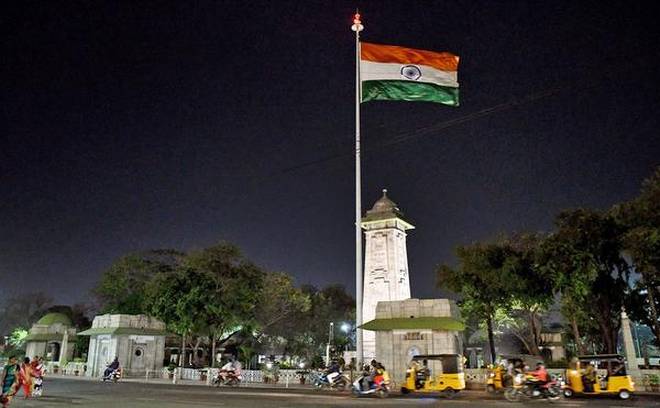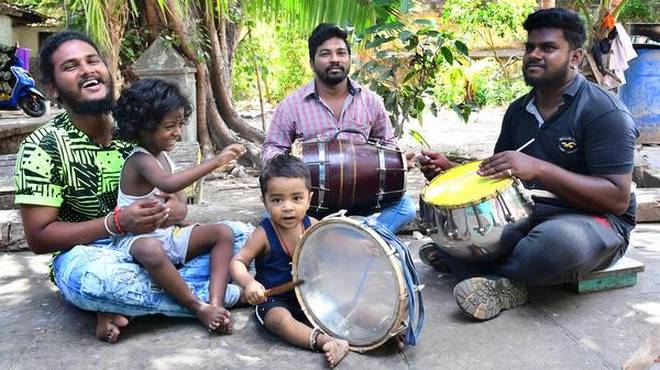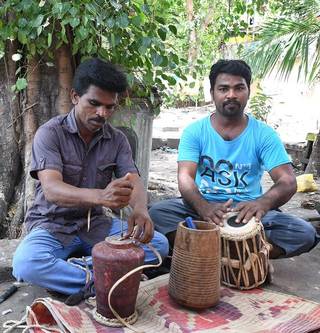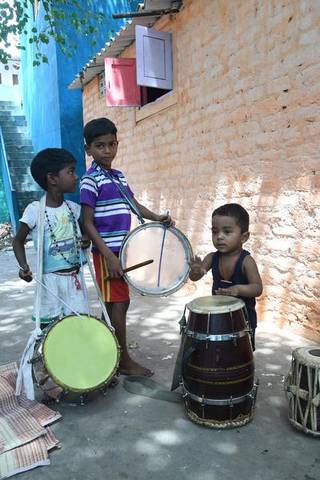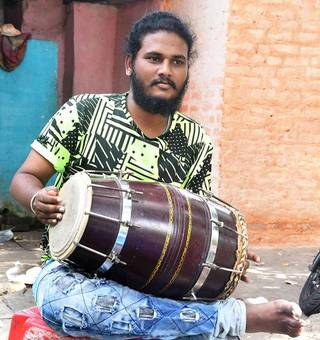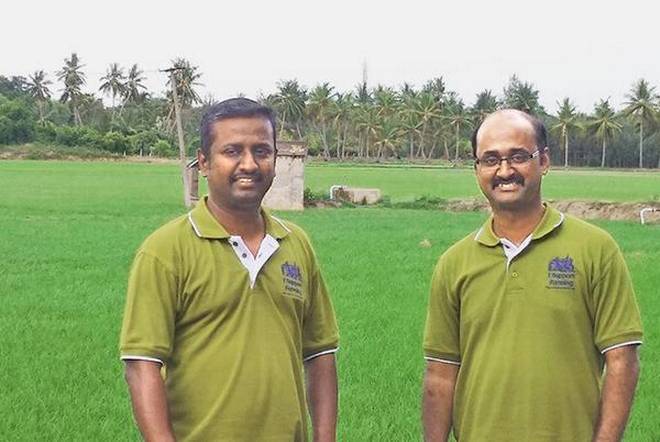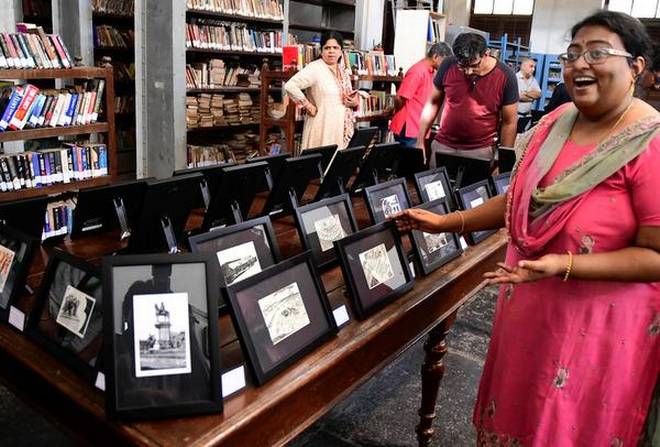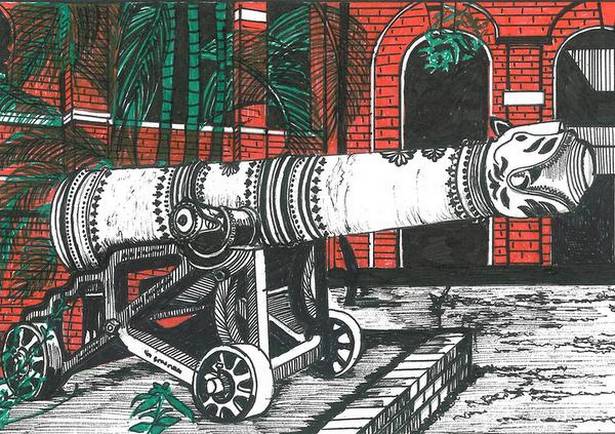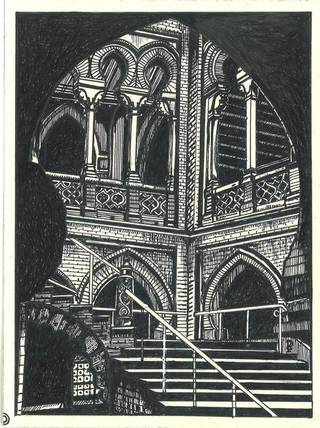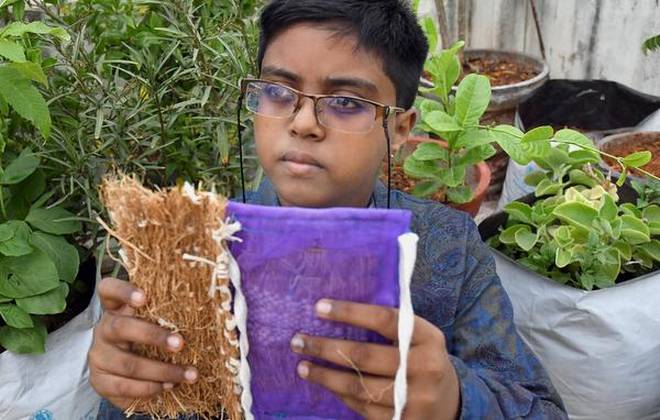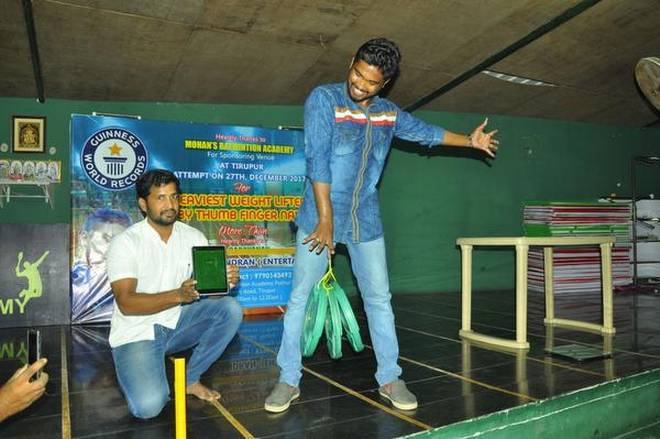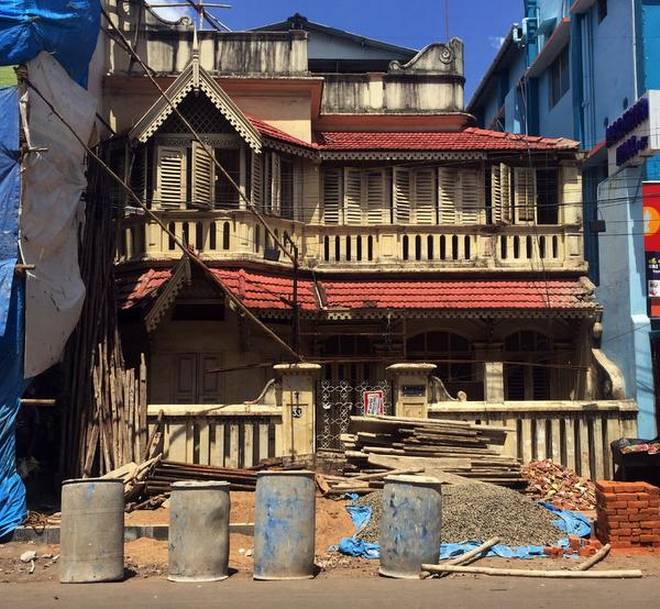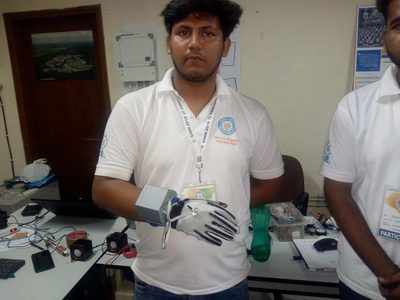
Pilani :
A device that helps school children with kinesthetic dyslexia has bagged the top honours at the Smart India Hackathon 2018 – Hardware Edition under the ‘Smart Communication’ category held at the CSIR-CEERI here.
A brainchild of students from KCJ College of Engineering, Chennai, the device makes life easier for dyslexic kids who find it difficult to read, write or interpret words, letters and other symbols.
The second and third spots went to the teams from Bengaluru and Delhi respectively for coming up with a solution to the perennial problem of lost baggage at airports.
This was the second edition of the hackathon, a national level technical event conducted by the Union Human Resources Development Ministry to harness the creativity and energy of the country’s youth and boost the digital India initiative.
In the first stage, 27 ministries and departments and 17 state governments shared their problems on the website.
Following that, over one lakh students from more than 1,200 high schools sent in their solutions to the ministry.
The grand finale was held on Friday at 10 major centres including the CSIR-CEERI, Pilani, IIT-Kharagpur, IIT-Kanpur, IIT-Roorkee and IISC Bengaluru. Before the prize distribution ceremony, Union HRD Minister Prakash Javadekar addressed the participants through video conferencing.
While appreciating the efforts of the participants, he interacted with two teams each from every centre.
Underlining the importance of the event, Javadekar said innovation was of utmost importance for a country like India. The students are talented and they must contribute to the development of the country with their creativity.
Speaking at the inauguration ceremony of the event earlier, the minister had said that the 27 inventions, developed by students in the previous edition of the hackathon, were in the final phase of testing and will be put to use soon.
At the CSIR-CEERI finale, a total of 13 teams had participated with six members each.
The other teams too presented their hardware prototypes that could help in solving a range of issues from preventing forest fires to issuing flood warning.
Notably, a team of students from Kolkata’s Guru Nanak Institute of Technology showcased a pair special gloves for mute people that can convert the hand gestures of the individual into audio format using a smartphone app.
source: http://www.timesofindia.indiatimes.com / The Times of India / Home> News> Education / by PTI / June 24th, 2018
